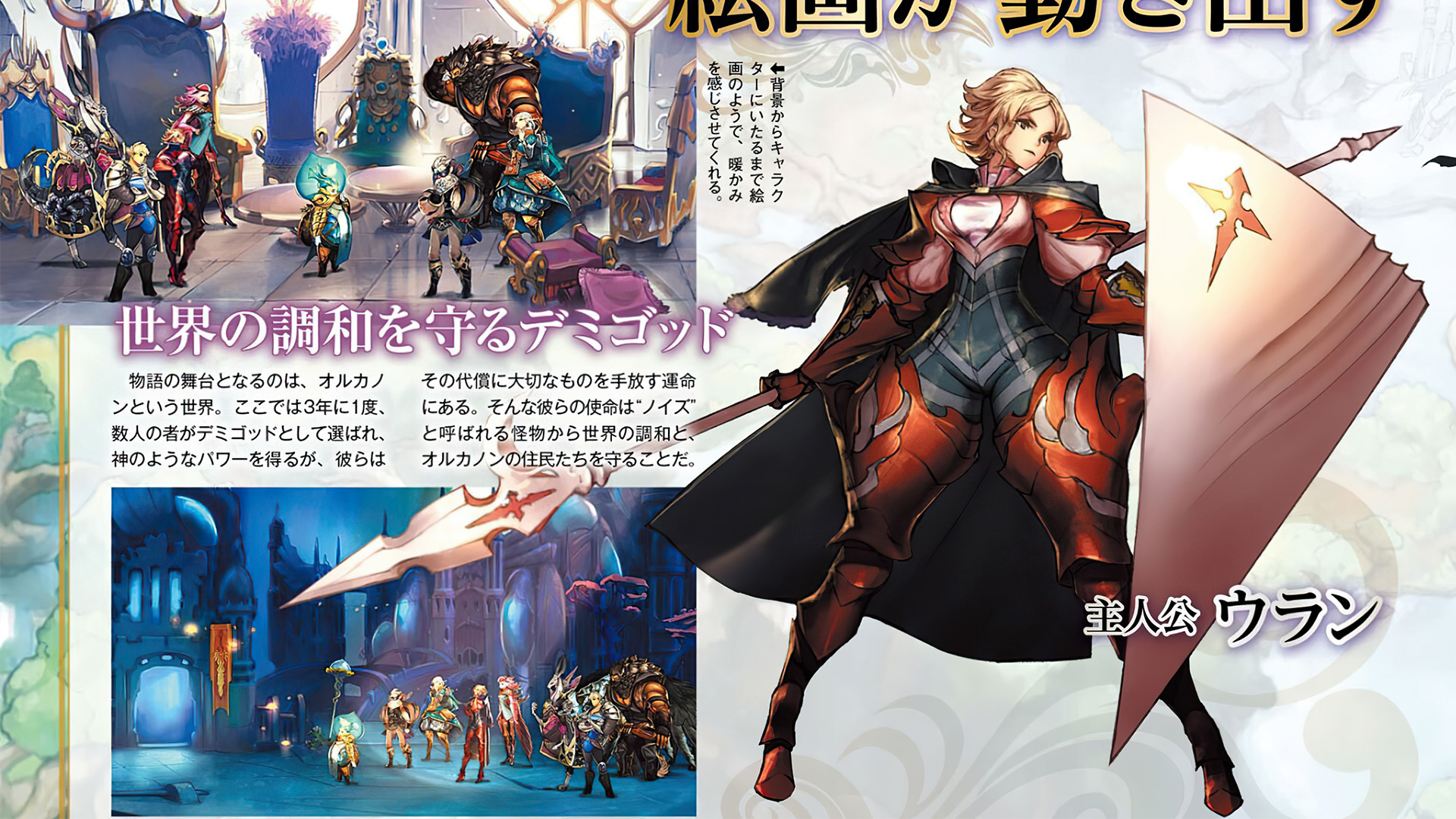

When I spoke with Chris McEntee, then project lead at Moon Studios on Ori & The Will Of The Wisps, he broke this process down extensively. The best 2D platformers or Metroidvanias make their foregrounds and backgrounds as distinct as possible to ensure the player knows exactly what can be interacted with, while subtly controlling the flow of the game. The major downside to the game’s gorgeous 2D art style is that working out where you’re heading is a challenge.

The worst thing a turn-based game can do is make you feel powerless, and often, that’s how I felt.Įxploration of Astria Ascending’s sprawling world is its most pressing issue yet. At points, I might as well have been playing an idle game as I watched for two or three minutes, whilst my stunned and confused Demi-Gods ripped themselves apart until it was game over. Not in a fun, problem-solving way, but by wrestling control away from you. The enemy AI, even on the lower difficulties, will do everything in its power to make your life difficult. In one notoriously infuriating combat encounter, the enemies would constantly inflict the whole party with “confuse”-locking me out of doing anything within that turn whilst my Demi-Gods attacked each other and healed the enemy. This would be fine if the enemies didn’t have so many status effect moves in their arsenal. I could freeze an enemy in place, hop over them and then initiate combat and they would still get to go first. In Astria Ascending, this combat initiative feels random. In Persona for instance, if you sneak up on an enemy, you will always get the initiative for that combat encounter. The very best turn-based JRPGs will make win conditions obvious. These issues can be split into two: combat and exploration. But these dungeons are an absolute slog to get through. You can chop and change your party mid-battle and even teleport out of dungeons with very little penalties. You can fine-tune settings to make the game as easy or difficult as you would like. The game sets itself up to be as approachable as possible. The absurdity of what they’re saying-and how they’re saying it-often brings a smile to my face, though I am sure this wasn’t the actors’ intention.Īnother issue with Astria Ascending is when you have to play the game.

There is a certain charm to it all, however.

But the delivery of said lines is awful-original Resident Evil awful. There’s definitely a sense that COVID restrictions hindered the recording process for this game, with each line of dialogue flowing from one to the other with the grace of an elephant on stilts. However, the English performances are just bizarre. The Japanese delivery is good and it certainly makes some of the more ludicrous story beats feel more compelling. If you want to take Astria Ascending seriously, play the game in Japanese. I’ll begin with my favourite but flawed aspect of the game: the voice acting. But no matter how good this game looks and sounds, it’s the moment you engage with it that this veneer of intrigue starts to chip. The score, from another Final Fantasy veteran Hitoshi Sakimoto, is breathtaking, as it captures the soundscape of this diverse land majestically. Each enemy, landscape and Demi-God has its own unique aesthetic that makes Astria Ascending feel distinct within the ever-expanding JRPG landscape. The art style, a hand-painted 2D side-scrolling affair, is absolutely stunning. The story is as convoluted as you would expect from a new JRPG, with the introduction throwing enough lore at you to make the first 100 pages of Fellowship Of The Ring feel like a post-apocalyptic young adult novel.


 0 kommentar(er)
0 kommentar(er)
